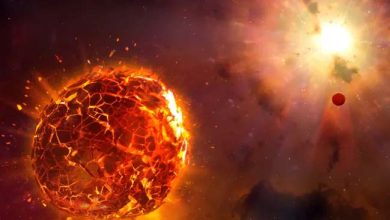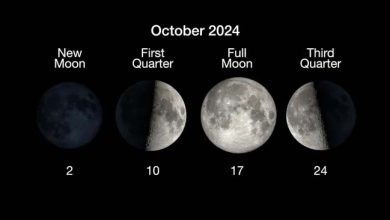Dark matter: There is a possibility of space-time ringing like a bell around black holes.

Science: It turns out that dark matter can sing, but only if it’s given a microphone made from a black hole. The true nature of dark matter has remained a mystery to scientists for decades. To explain why dark matter particles haven’t turned up in any direct detection experiments, physicists have wondered if it might be a type of particle known as an axion. Axions are predicted in highly theoretical models of the strong nuclear force and also appear in various versions of string theory. If dark matter is an axion, each individual particle could be incredibly light — one trillionth to one thousandth the mass of an electron. This would make dark matter behave very strangely on a large scale. It would be so light that its quantum wave nature would dominate.
In other words, we wouldn’t be living in a swarm of particle-like dark matter but in a rippling sea of dark matter. While interesting, this hypothesis also makes detecting dark matter much more difficult, because dark matter rarely, if ever, interacts with normal matter. That means we wouldn’t be able to see it in our direct detection experiments. The only way to detect such dark matter would be through its gravitational interactions. Now, a team of researchers says black holes could serve as the perfect testing ground for finding such dark matter. They discussed their results in a paper published in October in the preprint database arXiv. (It has not yet been peer-reviewed or published in a scientific journal.) Black holes and axions would interact with each other in a very surprising way. Through a process called superradiance, dark matter could steal energy from a spinning black hole. Over time, dark matter would continue to orbit the black hole and, eventually, gather a dense cloud of dark matter around it.





